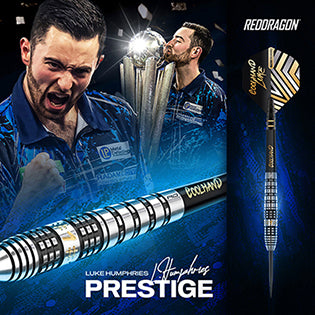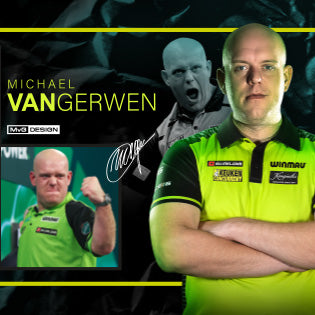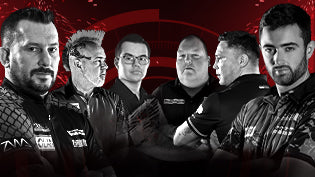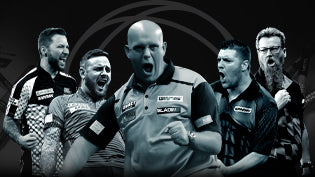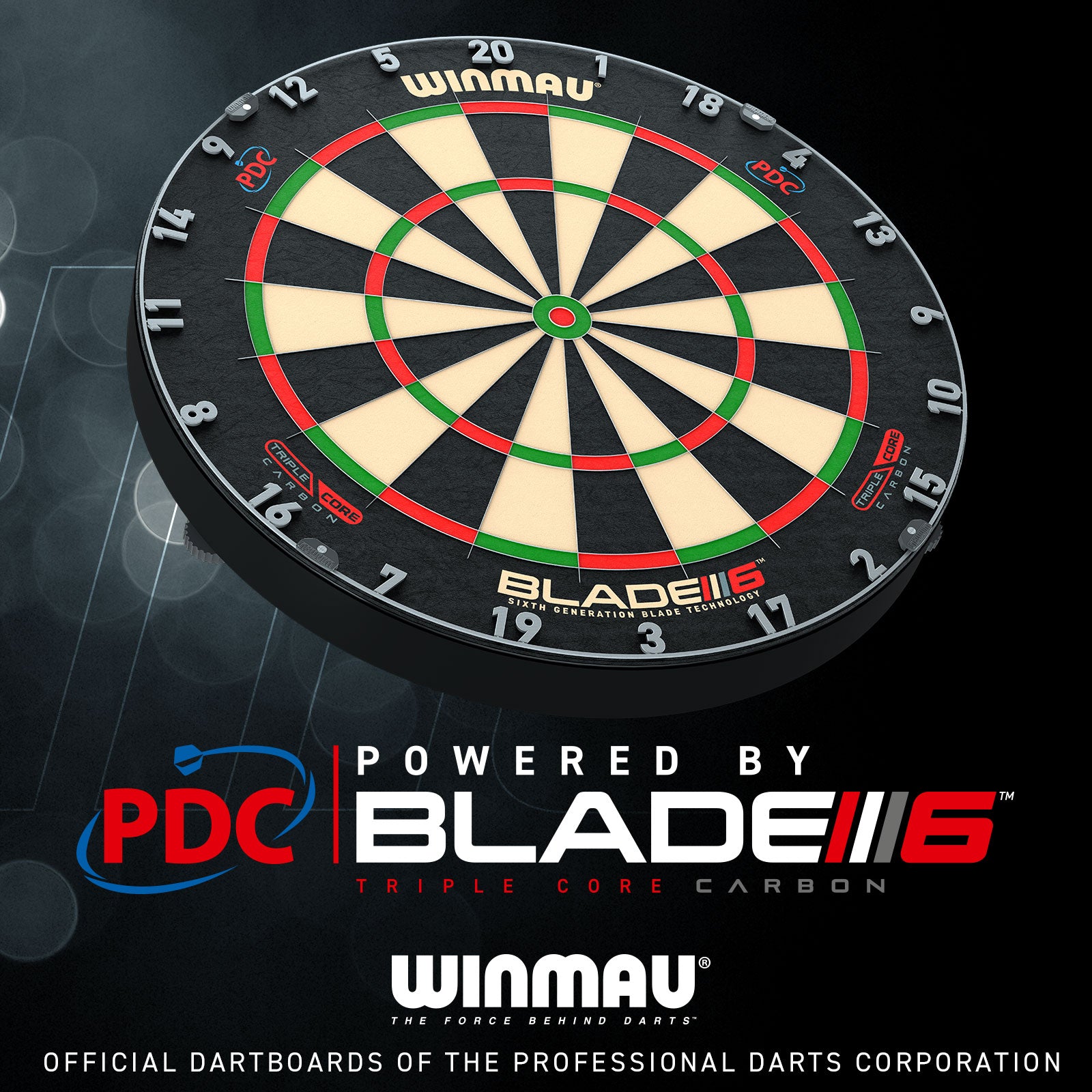Can you rapidly improve your darts game?
Because of its relative ease, the technical aspect of the game has never been especially analysed, with the difference between a pub chucker and a world class player assumed to be down to a combination of "natural ability” and "practice”. If only it was that easy.
For those of us who have aimed with the best of intentions at treble twenty and ended up in single 18, there is clearly an art to throwing darts and a sound technique is needed.
Watching golf or cricket on TV the word technique or "tekneeeek”, when uttered by Geoffrey Boycott would be mentioned almost every shot, with an individual players’ stance, address, delivery, and shot selection analysed and scrutinised in minute detail, so why is the same analysis not offered to a game like darts which operates on similar principles?
It maybe the fact that individual dart players throw their darts so differently that there is no universally accepted way to address the dartboard in the way golf or cricket offers.
Sight Right, developed by inventor Stephen Feeney claims to boldly deliver perfect sighting and alignment for every player to help them play the most accurate darts that they can.
These claims have caused a superb new debate between modernist darts thinkers and the traditionalist doubting Thomas as the SightRight Video with over 183,000 views on Winmau TV’s YouTube channel testifies.
The debate centres on the all-important stance and oche position to ensure that a player is "Sighted” and throwing perfectly straight to help eradicate the dreaded ‘lateral drift’.
With dart players playing for increasingly high financial stakes, Feeney says "The 4 most consistent players in the world today are far more naturally sighted and online compared to their struggling counterparts”.
This technical aspect of the game has never been more important. It may also account for how a sport which does not have a finite time period imposed on competitors due to the physical demands of the game, does not see the majority of players stay at the top echelons of the game for lengthy periods.
2015 sees the tenth anniversary of the Premier League; many people’s benchmark as to the identity of the top players. The inaugural seven players were: Phil Taylor, John Part, Roland Scholten, Peter Manley, Wayne Mardle, Colin Lloyd, and Mark Dudbridge.
A decade on only Taylor – ironically the oldest player on the list, remains at the top end of the darting pile. Surely he should have been the first to go? Is it his desire, commitment, talent or technique which has kept him at the top of the game? There is no easy answer, but with Taylor renowned for analysing every aspect of his technique, surely his analysis and commitment to solid technique has helped keep him one step ahead of the chasing pack.
Of his 2005 Premier League competitors, Part and Lloyd commendably cling onto a top 32 ranking, but their best days seem behind them, Dudbridge is ranked in the middle 50s; with none of the four aforementioned players making regular TV appearances anymore. The moral of the story? Perhaps Geoffrey Boycott best sums it up: "It’s all about the teckneeeek”.




